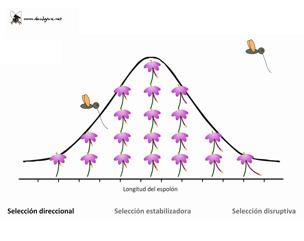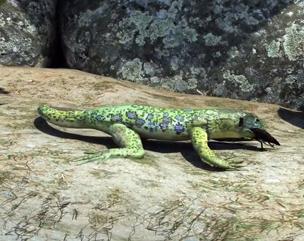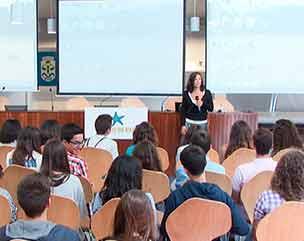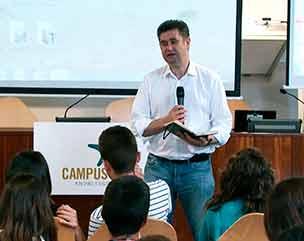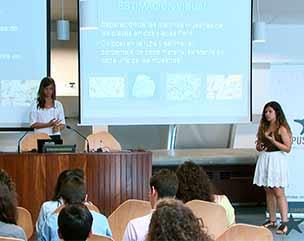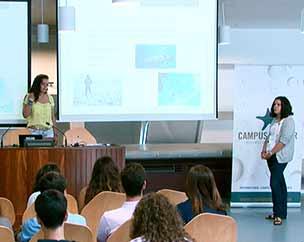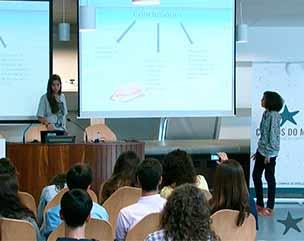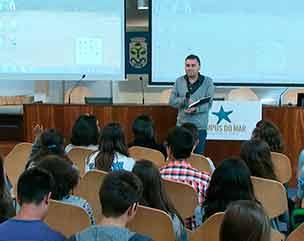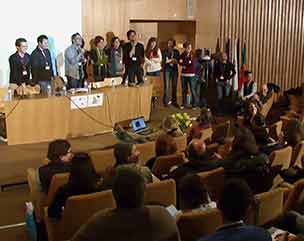Adaptative Strategies: The Hypothesis of “Burglar Alarm”
Recording date: Mar 24, 2014
Viewed: 2094
times
Divulgare.
Some microscopic algae use energy in producing bioluminescence. In this video we explain the adaptative advantages of such energetic release for this group of microorganisms.
The algae (Noctiluca scintillans) are predated by the copepods, other members of the zooplankton which have transparent bodies. When copepods feed on noctilucas they turn sparkling and become striking to their own predators, which then distinguish copepods more easily. Thus the noctilucas have turned their predators in alarms to call for help.
series:
Divulgare. Divulgation channel



